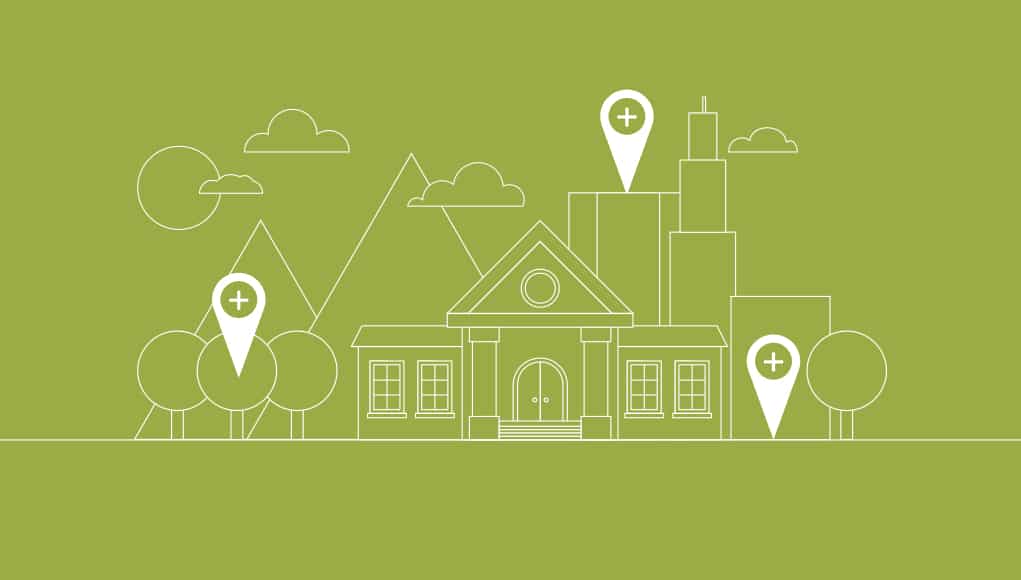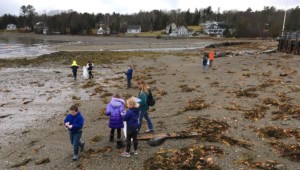Quick Start Guide to Place-Based Education

Still looking for ideas for new things to try in your classroom this year? One of our staff members recently had a great Place-Based Ed experience (stay tuned for more on that Monday, September 8), so we wanted to re-share this recent publication we produced in partnership with Teton Science Schools. If you’re not sure what we’re talking about, check out What is Place-Based Education and Why Does it Matter?
Click here to download the Quick Start Guide to Place-Based Education
Over the years, our team has visited hundreds of schools. In doing so, we realized that many of the schools that inspired us most all had something in common. Teachers intentionally created learning opportunities for students out in the world through partnerships, field trips, project-based learning, service learning, etc.
We had a hunch that place-based learning could offer a path to student-centered, personalized learning. We set out to learn more about Place-Based Education and to share what we learned through a blog series, social media campaign and series of podcasts and publications designed to support educators everywhere who are looking to implement Place-Based Ed. We call this thought leadership campaign “Learning & The Power of Place.”
We recently released the first guide in our series of publications on the topic: What is Placed Based Education and Why Does it Matter? The guide offers an overview of Place-Based Education including definitions, benefits and examples. (For a visual summary, check out the infographic The Potential of Place-based Education.) The guide includes diverse examples of Place-Based Education in practice that illustrate different manifestations of Place-Based Education in concert with other innovative learning models such as project-based learning, work-based learning and social-emotional learning. The overview also describes and provides examples of all the different settings in which place-based learning is possible—from urban settings to rural areas to parks and college campuses, both virtually and internationally.
We’re excited to share the next publication in the series, which translates the insights from dozens of contributors into an actionable guide for the implementation of Place-Based Education in your classroom, school or community.

The Quick Start Guide to Implementing Place-Based Education offers two ways to think about the implementation: a “local-to-global” concentric rings model, and a PBE continuum. It’s our hope that the “local-to-global” model, place-based implementation continuum and related implementation ideas will empower educators with the realization that place-based learning is not only possible everywhere, but also worth doing everywhere.

Actionable examples and tips are shared throughout the Quick Start Guide to Implementing Place-Based Education. Meant to inform and inspire, the examples illustrate that PBE can be an approach to teaching any curriculum. It can be combined and integrated with many other approaches to learning based on the individual characteristics, needs and focuses of a given classroom or school.
All teachers have the capacity to teach using a place-based approach. The examples we share show how educators can implement Place-Based Education across their curriculum and in concert with innovative personalized learning models. When educators do so, students come away with more than just mastery of the curriculum. They graduate with the experiences, skills, dispositions and mindsets they need to impact local communities and address global challenges.
Download the Quick-Start Guide to Place-Based Education
This guide is the second in a three-part publication series from Getting Smart. For additional publications in the series, including What is Placed Based Education and Why Does it Matter? and “Quick Start Guide to Place-Based Professional Learning,” as well as the infographic The Potential of Place-Based Education, see our Place-Based Ed Campaign page. For a collection of all of the contributions to the “Learning & The Power of Place” campaign from educators all over the world, see our collection of Place-Based Ed posts here. Check out the hundreds of examples of Place-Based Education in action and share your own using #PlaceBasedEd on social media.
Stay in-the-know with all things EdTech and innovations in learning by signing up to receive the weekly Smart Update.




0 Comments
Leave a Comment
Your email address will not be published. All fields are required.